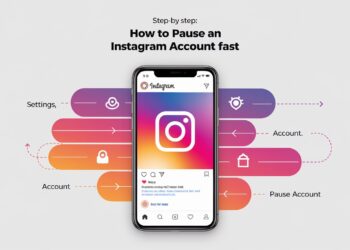In today’s remote work landscape, choosing the right video conferencing platform can make or break your team’s communication.
Google Meet, Zoom, and Microsoft Teams have become essential tools as organizations adapt to distributed work environments.
But which platform truly fits your needs?
Each offers unique strengths and limitations that impact your daily meetings, team collaborations, and client interactions.
The differences between these platforms, that is, Google Meet vs Zoom vs Teams, go beyond basic video calls; they affect how teams connect, share ideas, and accomplish goals together.
This comparison examines what sets Google Meet, Zoom, and Microsoft Teams apart, helping you select the tool that aligns with your specific requirements, budget constraints, and security needs.
Let’s explore how these platforms perform when tested in real-world scenarios.
Collaboration Features and User Interface: A Breakdown
|
Feature |
Google Meet |
Zoom |
Microsoft Teams |
|
Screen Sharing |
Supports window, tab, or full screen sharing. Limited annotation tools. |
Robust sharing with advanced options, including a portion of the screen and audio sharing. Strong annotation features. |
Full screen, window, or PowerPoint sharing with good annotation capabilities. Background blur during sharing. |
|
Whiteboarding |
Basic whiteboard through Jamboard integration. Not built directly into Meet. |
Built-in whiteboard with shapes, text, and drawing tools. Allows saving for later use. |
Robust Microsoft Whiteboard integration with templates, sticky notes, and real-time collaboration. |
|
Recording |
Cloud recording is available on paid plans. Auto-saves to Google Drive. No local recording option. |
Both cloud (paid) and local recording options are available. Auto-transcription is available on premium plans. |
Built-in recording with automatic cloud storage. Transcriptions with speaker attribution on paid plans. |
|
Transcriptions |
Live captions in multiple languages. Meeting transcripts in Business plans. |
Auto-transcription with searchable text on premium tiers. Post-meeting transcript access. |
Live captions and full meeting transcripts with speaker identification. Supports multiple languages. |
|
App Integration |
Seamless with Google Workspace apps. Limited third-party integrations. |
Extensive marketplace with 1,000+ third-party app integrations. |
Deep integration with the Microsoft 365 suite. Growing third-party app ecosystem. |
|
Ease of Use |
Simple, clean interface. Minimal setup required. Quick access from Calendar or Gmail. |
Intuitive interface with comprehensive settings. Quick to set up and join meetings. |
Steeper learning curve as part of the broader Teams platform. More complex but feature-rich UI. |
|
Accessibility |
Strong accessibility features, including live captions and screen reader support. |
Good accessibility with keyboard shortcuts and screen reader compatibility. |
Comprehensive accessibility tools, including immersive reader and high contrast modes. |
Overview of Google Meet, Zoom, and Microsoft Teams
1. What Is Google Meet?
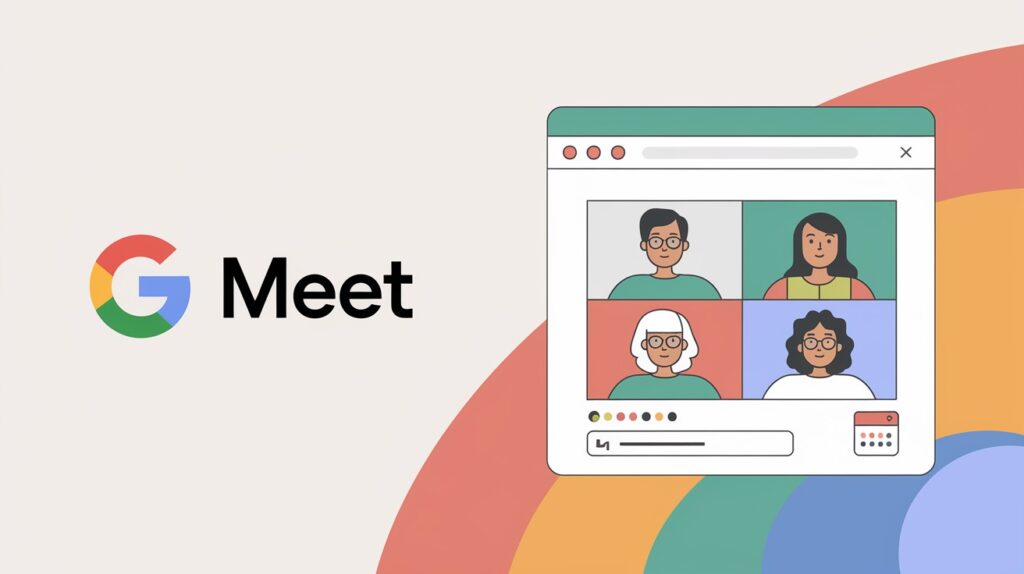
Google Meet is a video conferencing solution integrated within Google Workspace.
It offers straightforward, browser-based meetings with no downloads required. Meet supports up to 250 participants, provides real-time captions, and connects seamlessly with Google Calendar and Gmail.
It’s designed for simplicity while maintaining essential features for professional communication.
2. What Is Zoom?
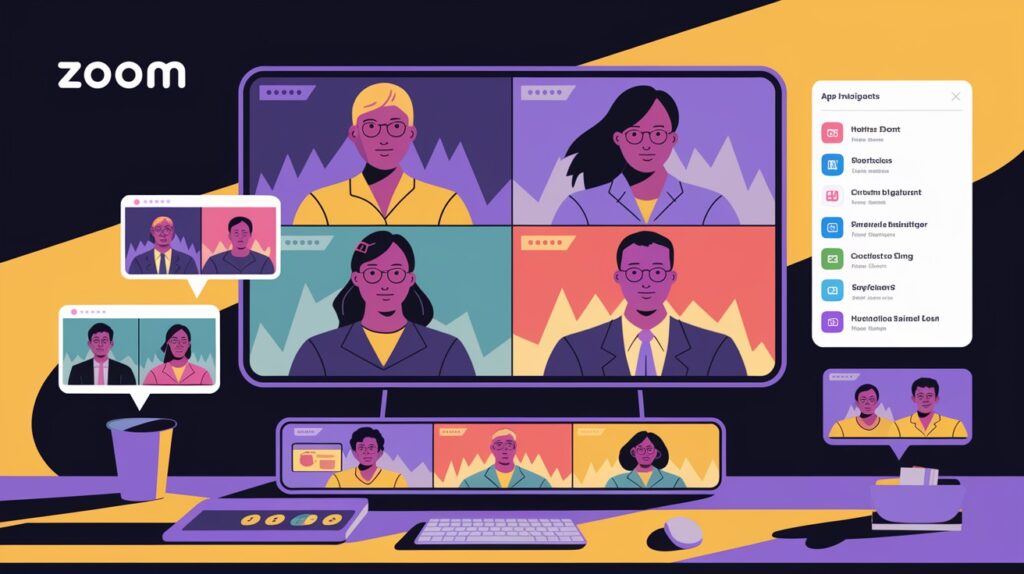
Zoom is a standalone video conferencing platform known for its reliability and scalability. It simultaneously supports meetings with up to 1,000 participants and 49 visible video streams.
Zoom offers breakout rooms, virtual backgrounds, and an extensive app marketplace. Its focus on video quality and connection stability has made it popular across various sectors.
3. What Is Microsoft Teams?
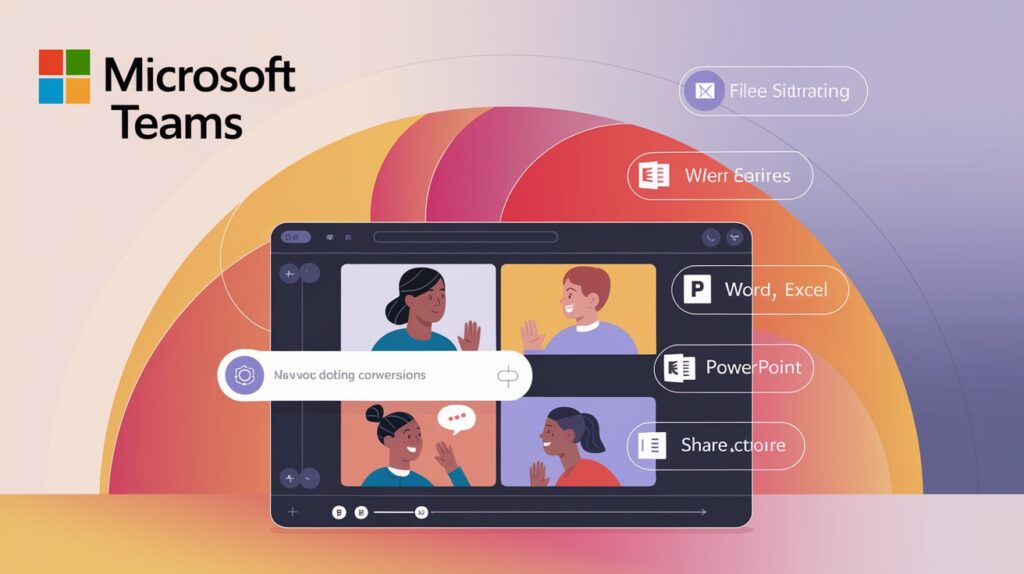
Microsoft Teams is a comprehensive collaboration hub that combines video meetings, chat, and file sharing.
As part of the Microsoft 365 ecosystem, Teams integrates deeply with Office apps and SharePoint.
It supports up to 300 participants in standard meetings and offers persistent chat channels, allowing for continuous team collaboration beyond video calls.
Pricing Plans and Value for Money
1. Free vs Paid Options
|
Feature |
Google Meet Free |
Zoom Free |
Microsoft Teams Free |
|
Meeting Duration |
60 minutes max |
40 minutes max |
60 minutes max |
|
Participant Limit |
100 participants |
100 participants |
100 participants |
|
Cloud Storage |
None |
None |
5GB per user |
|
Recording |
Not available |
Local recording only |
Not available |
|
Background Effects |
Basic blur and backgrounds |
Virtual backgrounds |
Basic blur and backgrounds |
|
Security |
Standard encryption |
Standard encryption |
Standard encryption |
|
Support |
Community support |
Basic support |
Community support |
|
Additional Features |
Noise cancellation, polls |
Breakout rooms, waiting room |
Chat, limited app integration |
2. Business and Enterprise Packages
Google Meet (Google Workspace)
- Business Starter: $7.20-$8.40/user/month – 100 participants, 24-hour meetings. Recording and noise cancellation are not included.
- Business Standard: $14.40-$16.80/user/month – 150 participants, recording, noise cancellation, polls, Q&A, breakout rooms.
- Business Plus: $21.60-$25.20/user/month – 500 participants, attendance tracking, enhanced security, recording, noise cancellation.
- Enterprise: Custom pricing – 1,000 participants, live streaming to 100,000 viewers, advanced security, and compliance.
Zoom
- Pro: $14.99/user/month – 100 participants, 30-hour meetings, cloud recording, social media streaming.
- Business: $19.99/user/month – 300 participants, company branding, managed domains, dedicated support.
- Business Plus: $25/user/month – 300 participants, cloud recording transcripts, managed domains, phone support.
- Enterprise: Custom pricing – 500+ participants, unlimited cloud storage, dedicated success manager.
Microsoft Teams
- Microsoft 365 Business Basic: $6/user/month – 300 participant meetings, web Office apps, 10GB storage.
- Microsoft 365 Business Standard: $12.50/user/month – 300 participant meetings, desktop Office apps, webinars, 1TB storage.
- Microsoft 365 Business Premium: $22/user/month – 300 participant meetings, advanced security, device management, and compliance.
- Office 365 E3 (Enterprise): $20/user/month – Up to 10,000 for live events, enhanced security, unlimited storage, advanced analytics.
Which Tool Offers the Best Value?
|
Use Case |
Best Value Option |
Why It’s the Best Value |
|
Small Teams & Startups |
Google Meet |
Lower entry price point, sufficient features for basic needs, seamless integration with affordable Google Workspace |
|
Meeting-Intensive Organizations |
Zoom |
Superior reliability, specialized meeting features like breakout rooms and annotations, best standalone conferencing experience |
|
Full Collaboration Needs |
Microsoft Teams |
All-in-one solution including Office apps, document collaboration, persistent chat, and meetings in a single subscription |
|
Education |
Google Meet |
Free tier sufficiency, simple interface, integration with Google Classroom, and affordable education pricing |
|
Large Enterprise |
Microsoft Teams |
Comprehensive security, compliance features, scalability, and deep integration with enterprise Microsoft systems |
|
Healthcare |
Zoom |
HIPAA compliance options, specialized healthcare features, and reliability for telehealth sessions |
|
Budget-Conscious |
Google Meet |
Most affordable paid tier starting at $6/user/month with essential business features |
|
High-Security Requirements |
Microsoft Teams |
Advanced threat protection, compliance capabilities, and robust admin controls are included in Business Premium |
|
Webinars & Large Events |
Zoom |
Best webinar capabilities at lower price points, supports larger audiences, and specialized event features |
|
Organizations with Mixed Device Usage |
Zoom |
Most consistent cross-platform experience across different operating systems and devices |
Security and Privacy Considerations

All three platforms have strengthened their security measures, though with notable differences.
Google Meet employs in-transit encryption and advanced fraud protection but lacks full end-to-end encryption for all meeting types.
Zoom now offers end-to-end encryption as an optional feature after addressing previous security concerns.
Microsoft Teams provides encryption in transit and at rest, with end-to-end encryption for one-on-one calls.
Meet offers host management tools for user controls, including participant removal and joining approvals. Zoom provides robust options with waiting rooms, meeting locks, and detailed permission settings.
Teams excels with comprehensive admin controls through the Microsoft 365 security center.
Regarding compliance, all platforms maintain key certifications including GDPR, HIPAA, and SOC 2.
Google emphasizes transparency in data handling policies, Zoom has enhanced its compliance program following past scrutiny, and Microsoft leverages its enterprise-grade compliance framework across Teams, making it particularly strong for highly regulated industries.
Ideal Use Cases for Each Platform
1. Best for Educational Settings

Google Meet stands out for education with its streamlined interface and Google Classroom integration. Teachers appreciate its accessibility through browsers without downloads, making it perfect for students with various devices.
The free tier adequately serves most classroom needs, while education-specific controls like muting all participants and preventing screen sharing help maintain order.
It’s straightforward recording options that save directly to Google Drive that simplify lesson sharing and review.
2. Best for Corporate Teams

Microsoft Teams excels in corporate environments as a complete collaboration solution. Its integration with Office 365 creates a seamless workflow for businesses already using Microsoft products.
The persistent chat channels, document co-authoring, and comprehensive meeting features support both synchronous and asynchronous teamwork.
Advanced security controls, compliance features, and extensive administrative options make Teams particularly valuable for regulated industries and large enterprises requiring robust governance.
3. Best for Quick, One-Off Meetings
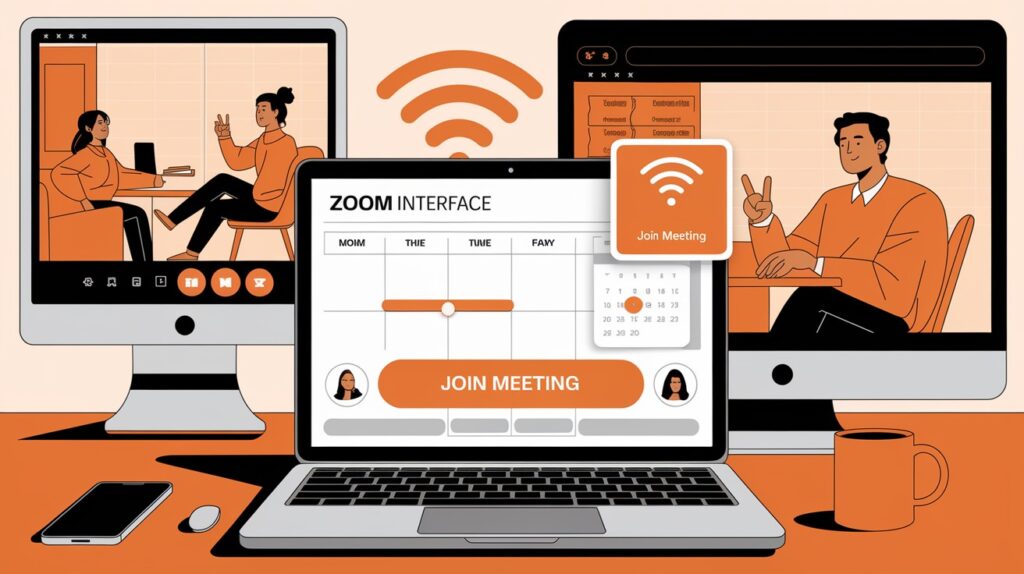
Zoom provides the ideal solution for impromptu meetings with its rapid setup and consistent experience across devices.
The intuitive interface requires minimal training, making it accessible for external participants unfamiliar with the platform. Its reliability across varying connection qualities ensures successful meetings even in challenging network conditions.
For consultants, freelancers, and businesses frequently connecting with external clients, Zoom’s universal recognition and ease of use make it the preferred choice for efficient, hassle-free conversations.
Conclusion
When selecting your video conferencing platform, consider what matters most to your specific situation.
Google Meet shines with its simplicity and Google Workspace integration,
perfect for schools and organizations valuing straightforward communication. Zoom continues to be the go-to for reliable, feature-rich meetings, especially when connecting with external contacts or hosting large-scale events.
Microsoft Teams offers the most comprehensive collaboration solution when your team needs more than just video calls.
Your existing tech ecosystem, budget constraints, and security requirements should guide your decision. Many organizations even adopt multiple platforms for different purposes,
perhaps Teams for internal collaboration while using Zoom for client meetings.
The good news? All three platforms continue to improve rapidly, narrowing the gaps between them and giving you excellent options regardless of which you choose.
Frequently Asked Questions
Which Platform Works Best without Downloading Software?
Google Meet runs entirely in-browser with no downloads required, making it ideal for quick access across different devices.
Which Platform Handles Poor Internet Connections Best?
Zoom typically maintains better call quality on unstable connections thanks to its adaptive bandwidth management technology.
Can I Use These Platforms for Webinars?
Yes. Zoom offers the most robust webinar features, Teams works well for internal webinars, and Meet supports live streaming.




